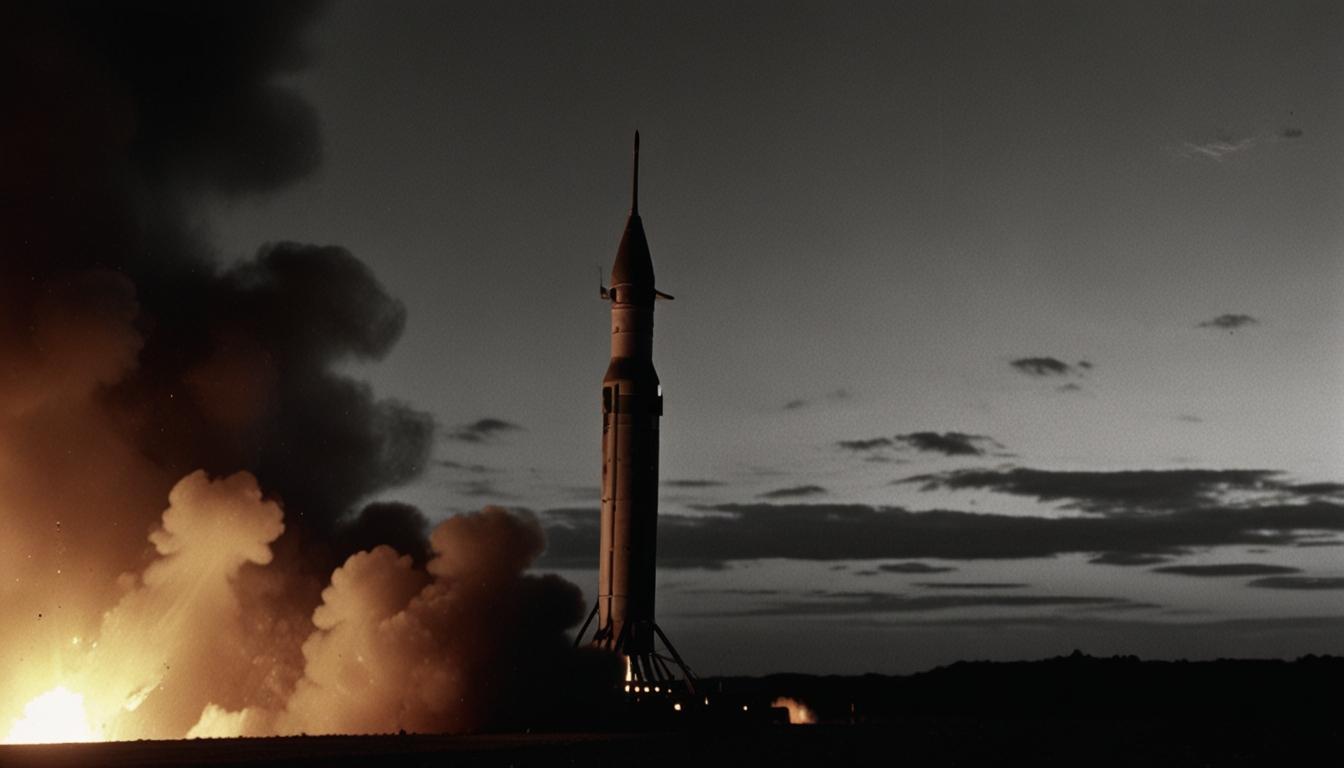Recent conflicts between Israel and Hezbollah, as well as the US Navy’s combat with Yemen’s Houthi rebels, have escalated significantly, raising concerns over further violence and regional stability.
Escalation of Hostilities Between Israel and Hezbollah
Smoke billowed from Khiam, a southern Lebanese village near the Israeli border, on May 29, following an Israeli airstrike. The exchange of cross-border attacks between Israel and Hezbollah, an Iran-backed Lebanese Islamist group, has intensified in recent months, reaching a critical point where Israel’s military warns of potential large-scale operations.
Israel and Hezbollah have a long history of conflict. Since the 1982 Israeli invasion of Lebanon, which prompted the rise of Hezbollah, both sides have engaged in periodic clashes. Tensions peaked in 2006 when a war broke out after Hezbollah kidnapped two Israeli soldiers. The conflict resulted in significant casualties on both sides.
The latest surge in violence began after Hamas attacked Israel on October 7, leading to Israel’s intensified military campaign in Gaza. Hezbollah has escalated its attacks on Israel to show support for Palestinians in Gaza. Israeli officials report that 19 Israeli soldiers have been killed by Hezbollah, while Israeli forces recently killed a senior Hezbollah commander. In retaliation, Hezbollah launched over 200 rockets into Israel.
Both sides have been targeting deeper into each other’s territories, with Hezbollah firing rockets 35 kilometers into Israel and Israel striking areas over 120 kilometers north in Lebanon. This increase in hostilities has led to significant casualties and displacements on both sides, with over 53,000 Israelis and 94,000 Lebanese forced to leave their homes.
U.S. Navy’s Intense Combat with Yemen’s Houthi Rebels
The U.S. Navy, focusing its efforts on Yemen’s Iran-backed Houthi rebels, faces its most intense combat since World War II. The conflict, overshadowed by the Israel-Hamas war, involves near-daily attacks on vessels in the Red Sea corridor, a critical shipping route. This ongoing battle has seen the Houthis’ arsenal evolve from basic weapons to sophisticated drones and missiles.
Since November, the Houthis have targeted over 50 vessels, significantly disrupting shipping and decreasing traffic through the Suez Canal. The U.S. Navy has responded with increased missile launches and airstrikes. In one operation on January 9, the Navy intercepted a barrage of 18 drones and several missiles.
The conflict poses a high risk to international shipping and has resulted in substantial economic impacts, such as halved revenue from the Suez Canal for Egypt. The Navy’s efforts to counter the Houthi threat have involved extensive missions by destroyers like the USS Laboon and aerial support from carriers like the USS Dwight D. Eisenhower.
Rear Adm. Marc Miguez acknowledges Iran’s support for the Houthis, contributing to the rebels’ advanced weaponry. Despite the intense combat, there is evidence that the U.S. seeks to avoid a full-scale war, aiming instead to navigate the delicate political landscape involving Iran and regional allies.
The situation remains volatile and complex, with the potential for further escalation on both the Israel-Lebanon and Red Sea fronts.
